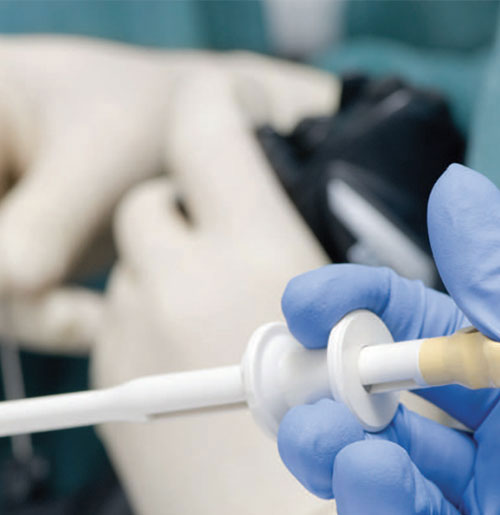Your Colorectal Health, Our Priority
With our comprehensive suite of screening services and treatment options, our experienced colorectal specialist and medical team promise you peace of mind whilst ensuring a strong and healthy colon.


Advanced Endoscopy
Endoscopy is a medical procedure in which a tube is inserted through a natural opening (eg. mouth, anus, nose etc) into the internal part of the body.
There are two main types of endoscopy: diagnostic endoscopy, when the scope is used just to see and maybe biopsy the internal surface for diagnostic purposes; and therapeutic endoscopy, where the scope is also used for some form of treatment at the same time.
Currently, most endoscopic procedures allows for some form of therapy, be it to treat bleeding from a stomach ulcer or to remove a polyp of a colon. However, the most advanced forms of therapeutic endoscopy can be found in the realms of cancer treatment.
Previously, patients with early stomach cancer only had the option of going for surgery to remove the affected part of the stomach. Thanks to advances in endoscopy, however, it is now possible to remove just the tumour using the endoscope.
In the colon, most large polyps are pedunculated (have a stalk) and are removed using a snare. However, some patients have lat or sessile polyps that have a broad base, making the use of a snare unsafe as there is a higher risk of damaging the colon wall, which in turn may result in the perforation of the colon. Newer endoscopic instrument and techniques allow these lat polyps to be lifted of the wall, cut out and even seal the defect back together. Early colon cancers that have yet to spread to the colon wall proper may also be treated this way.
In very advanced cancer, where the tumours have grown and caused an almost complete blockage of the intestinal tract, endoscopic treatment has also made several advances. Using the scope, a metal stent can be placed past the narrowed area of the tumour which, once deployed, opens up the space and allows the contents to pass through, restoring the function of the intestine. This can be used as a temporary solution to relieve the blockage while the nutrition of the patient is improved before going for surgery to remove the tumour; or in patients with very advanced tumour where the tumour is not removable, allows the patient to continue to eat and pass motion without requiring a stoma.
Readers should note, however, that not all polyps and cancers can be treated through endoscopic methods: always check with your doctor to ind out if such treatment methods are available.

